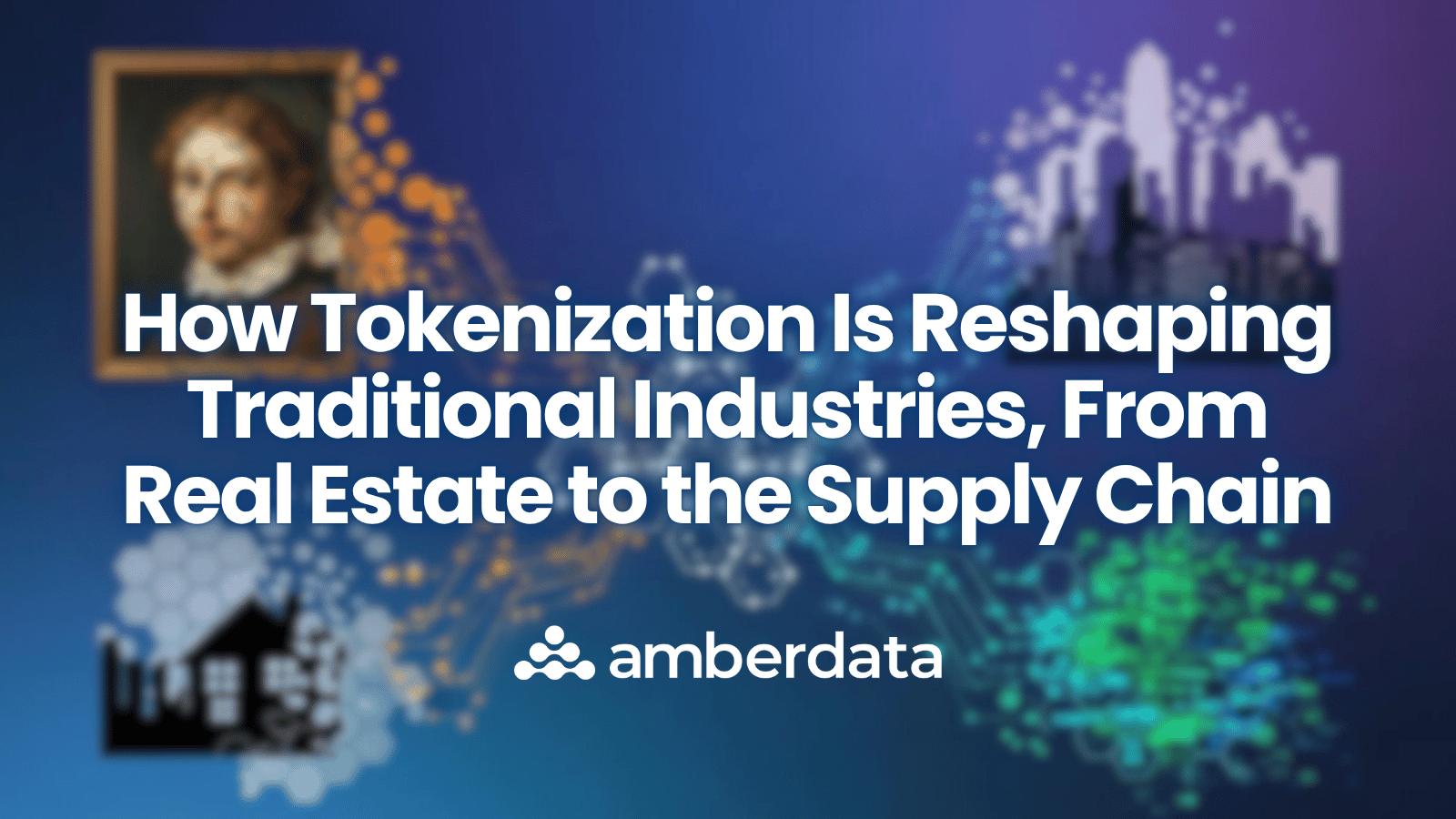How Tokenization Is Reshaping Traditional Industries, From Real Estate to the Supply Chain

We’d like to thank TechFinitive for their recent feature, “How Tokenization Is Reshaping Traditional Industries,” which explores how blockchain innovation transforms everything from property to art. The article highlights how we’re entering a new era where nearly any asset can exist as a digital token, unlocking liquidity, accessibility, and trust across global markets.
Of all the innovations to emerge from blockchain, tokenization stands out as one of the most transformative. By leveraging blockchain’s core principles of immutability, transparency, divisibility, and programmability, tokenization enables ownership to be more flexible, secure, and open than ever before.
What began with cryptocurrencies has now expanded into tokenized real estate, fine art, supply chains, and entertainment rights. Analysts estimate that the total addressable market for tokenized assets could surpass $70 trillion in the coming decade. Could tokenization truly become the foundation of the global economy of tomorrow?
Let’s explore how and why tokenization is changing everything.
What Is Tokenization?
At its simplest, tokenization works much like traditional shares in a company. A company’s ownership can be divided into many pieces, each representing a portion of the whole. Tokenization applies this same concept to nearly any asset, physical or digital.
By converting ownership of an asset, such as a building, a painting, or even a music catalog, into digital tokens recorded on a blockchain, ownership becomes more fluid and verifiable. These tokens can be traded, transferred, or further divided, with every movement transparently logged on the blockchain.
This means that ownership is no longer static. It is programmable, divisible, and globally transferable, creating an entirely new way to think about how value moves in the digital economy.
Why Tokenization Has Taken Hold
Tokenization bridges the gap between physical and digital assets, making traditionally illiquid markets far more accessible. By breaking large, expensive, or complex assets into fractional digital tokens, tokenization broadens participation and unlocks liquidity that once seemed impossible.
It also allows assets to move freely between decentralized and traditional markets, enabling new levels of transparency and inclusivity.
The impact extends beyond finance:
-
Supply chain management gains visibility and authenticity verification.
-
Art markets gain liquidity and built-in royalties for creators.
-
Entertainment industries discover new ways to fund projects and engage fans.
This combination of liquidity, transparency, and accessibility is what makes tokenization so powerful and why it is becoming a mainstream innovation rather than a crypto niche.
How Tokenization Is Already Being Used
Real Estate: Tokenization lowers barriers to entry, allowing investors to own fractions of high-value properties and diversify across markets that were once out of reach.
Art: Artists can now embed royalties directly into tokenized works, ensuring they are compensated each time their art changes hands, while collectors gain new liquidity options.
Supply Chains: Immutable blockchain records bring end-to-end transparency, improving trust and reducing fraud across complex global networks.
Entertainment: Tokenization enables direct funding for creators, fractional ownership of IP rights, and new engagement models for fans and communities.
Across industries, tokenization is redefining how value is owned, shared, and exchanged.
What Happens Next
As tokenization gains momentum, the focus shifts to infrastructure and regulation, two pillars essential for scaling responsibly.
Bringing real-world assets on-chain requires secure data systems, strong compliance frameworks, and seamless integration with existing markets. Without them, tokenized ecosystems risk fragmentation and inefficiency.
Meanwhile, consistent regulation is vital. Initiatives such as the SEC’s Project Crypto mark early steps toward the clarity institutions need to embrace this technology at scale.
The takeaway: tokenization is moving beyond the speculative phase. It is evolving into a core layer of tomorrow’s financial system, one that promises to make global markets more transparent, efficient, and liquid than ever before.
Special thanks again to TechFinitive for showcasing how tokenization is driving the future of finance and innovation across industries.
Amberdata
Amberdata is the leading provider of global financial infrastructure for digital assets. Our institutional-grade solutions deliver data, analytics and comprehensive tools and insights that empower financial institutions to research, trade, and manage risk and compliance in digital assets. Amberdata serves as a...
